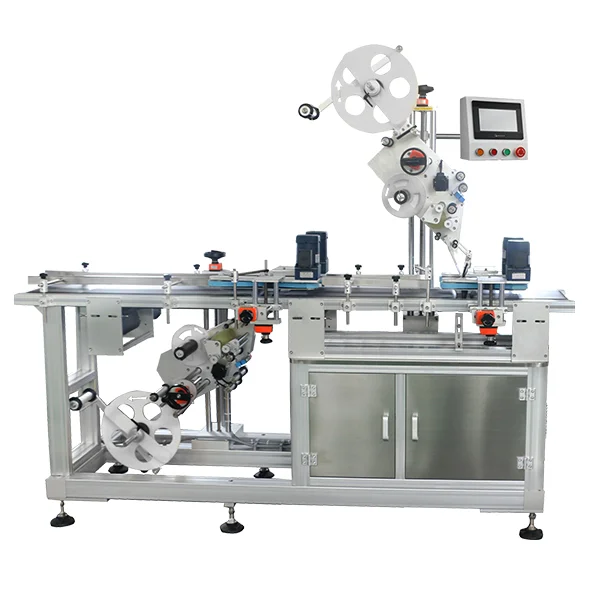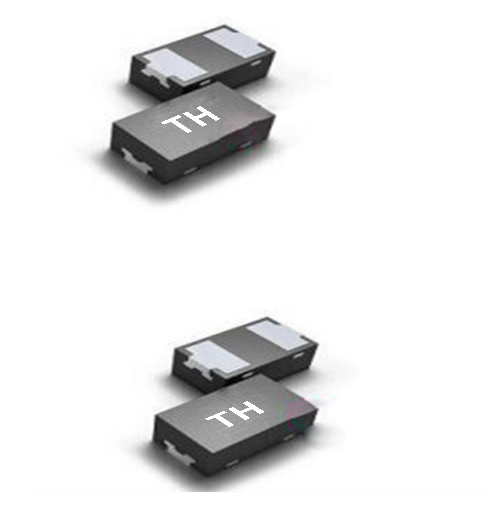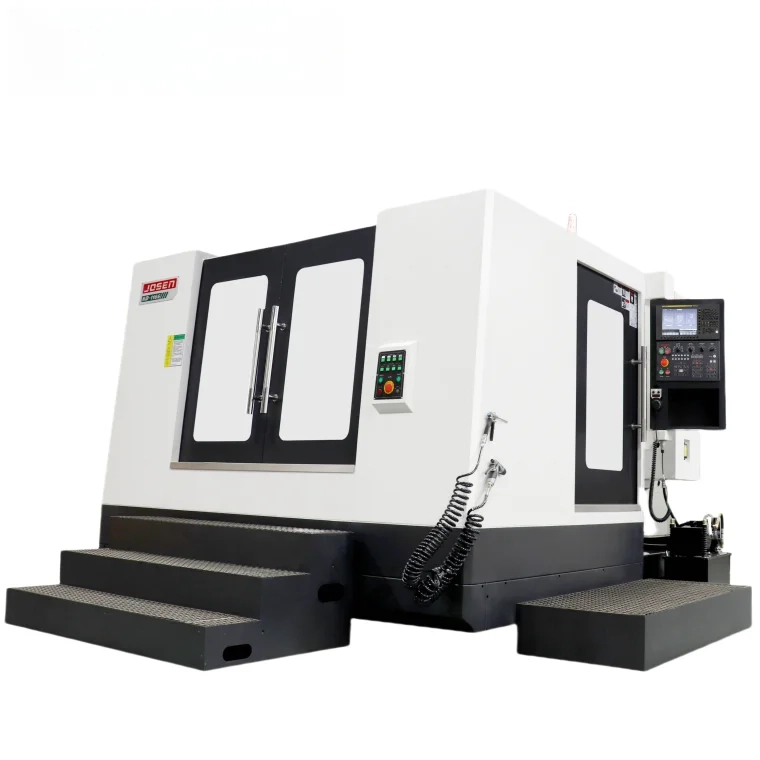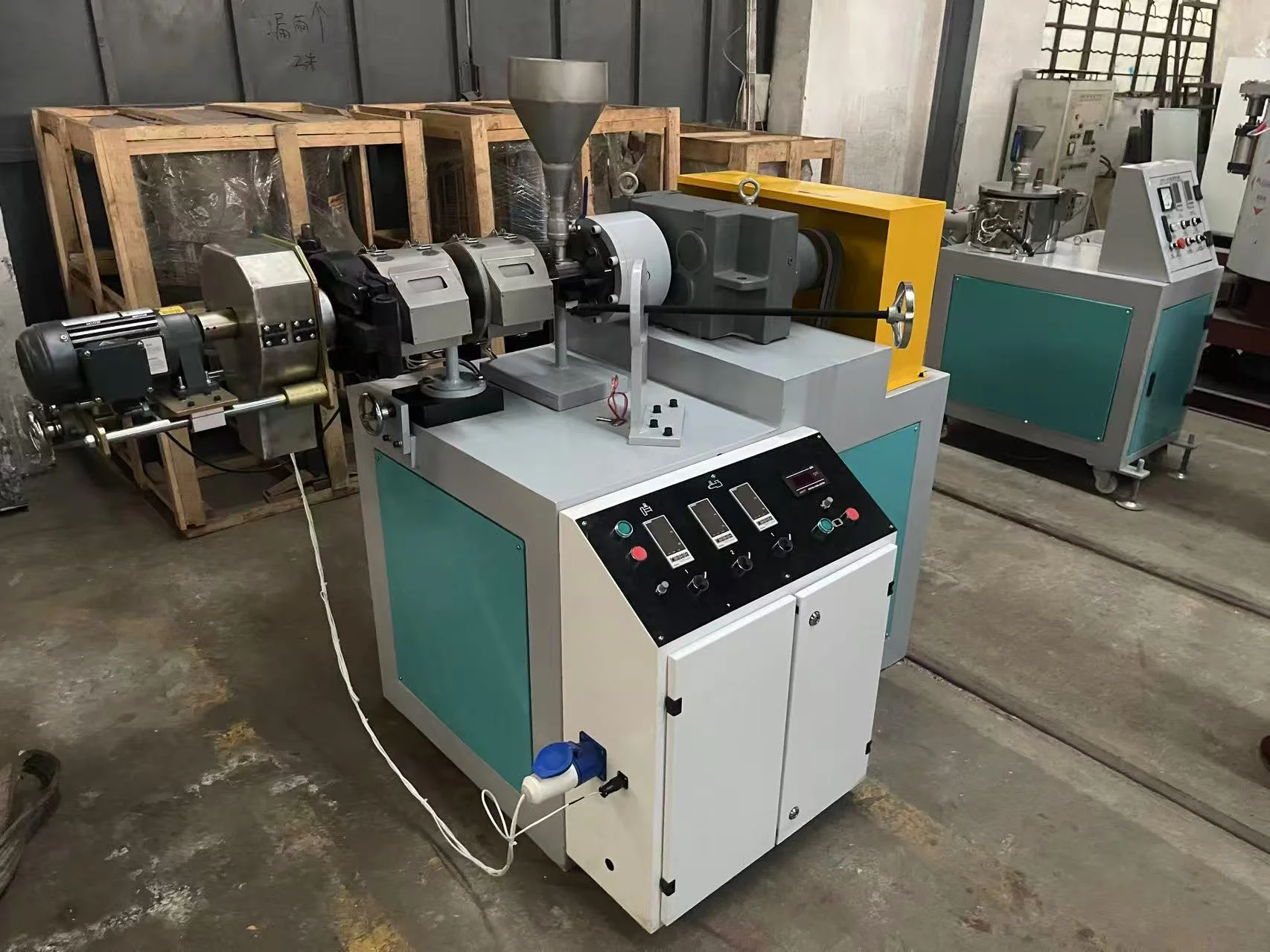Overcoming the Challenges of Labeling Plastic Bags with Top & Bottom Labeling Machines

Labeling plastic bags presents unique challenges due to their lightweight and flexible nature. Traditional labeling methods often struggle to achieve consistent and accurate label application, leading to inefficiencies and potential quality issues.
Shanghai BEILT Machinery Equipment Co., Ltd. is a manufacturer of plastic bag top and bottom labeling machine.
Advancements in labeling technology, particularly the development of Plastic Bag Top and Bottom Labeling Machines, have revolutionized the process, offering manufacturers a reliable and efficient solution.

Common Challenges in Labeling Plastic Bags
Flexibility and Movement
Plastic bags are inherently flexible and can easily shift during the labeling process. This movement can result in misaligned or wrinkled labels, compromising the appearance and readability of the packaging.
Surface Adhesion
The smooth surface of plastic bags can make it difficult for labels to adhere properly. Inconsistent adhesion can lead to labels peeling off or failing to stick correctly, especially in environments with varying temperatures or humidity levels.
Product Orientation
Unlike rigid packaging, plastic bags often require manual handling to ensure proper orientation for labeling. This can be time-consuming and labor-intensive, reducing overall production efficiency.
Dual-Surface Labeling
For products that require labeling on both the top and bottom surfaces, traditional methods often necessitate flipping the bag, which can introduce additional handling steps and increase the risk of errors.
Tracking and Identification
Clear and accurate labeling is crucial for product identification, tracking, and compliance with regulatory requirements. Mislabeling or poorly applied labels can lead to logistical issues and potential recalls.
How Plastic Bag Top & Bottom Labeling Machines Address These Challenges
Advanced Labeling Technology
The Plastic Bag Top and Bottom Labeling Machine is designed to handle the unique challenges of flexible packaging. It features dual labeling stations that apply labels simultaneously to both the top and bottom surfaces of the bag, eliminating the need for manual flipping and ensuring consistent label placement.
Precision and Consistency
Equipped with a PLC control system and touch-screen interface, these machines offer precise control over labeling parameters. The advanced control systems ensure high accuracy and repeatability, reducing the risk of mislabeling and improving overall product presentation.
Adaptive Design
The machine is designed to accommodate various bag sizes and shapes, making it highly versatile. It can be customized to fit specific production needs, ensuring compatibility with different types of plastic bags and packaging lines.
Enhanced Adhesion
The labeling machine uses advanced adhesive technologies and pressure-sensitive labels to ensure strong adhesion to the plastic surface. This reduces the risk of labels peeling off, even in challenging environmental conditions.
Increased Efficiency
By automating the labeling process and eliminating manual handling, the machine significantly increases production efficiency. It can operate at high speeds, reducing downtime and boosting overall output.
User-Friendly Operation
The machine's intuitive interface and microprocessor control system make it easy to operate and maintain. Operators can quickly adjust settings and monitor the labeling process, ensuring smooth operation and minimal disruptions.
Integration and Scalability
The Plastic Bag Top and Bottom Labeling Machine can be seamlessly integrated into existing production lines or used as a standalone unit. This flexibility allows manufacturers to scale their labeling operations according to their specific needs.
www.beiltmachinery.com
Shanghai BEILT Machinery Equipment Co., Ltd.


